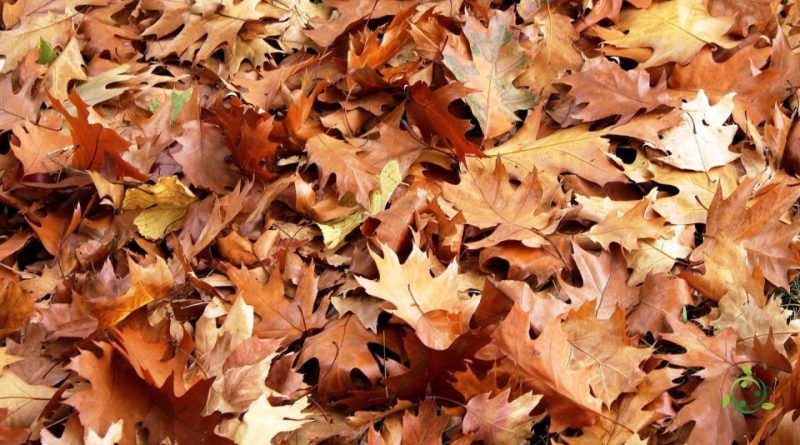How to prepare a nitrogen fertilizer
How to prepare a nitrogen fertilizer
Making a nitrogen fertilizer can be a relatively simple task. Here is a basic recipe for making a homemade fertilizer using nitrogen-containing ingredients:
Necessary materials:
Plastic container or bucket
Waterfall
Sources of nitrogen (examples: grass clippings, leaves, animal manure, kitchen scraps such as vegetable peelings)
Work gloves
Paddle or stick for mixing
Filter or sieve (optional)
Bucket or bottles for storing fertilizer
Here are the steps to prepare nitrogen fertilizer:
Collect Nitrogen Sources: You can collect grass clippings, leaves, animal manure, or kitchen scraps like vegetable peelings. Make sure you only collect organic materials and avoid using them if they have been treated with pesticides or chemicals.
Chopping ingredients: If your nitrogen sources are large, you can chop them up with a lawn mower, shears, or sharp knife. This will help speed up the decomposition process.
Putting the ingredients in the container: Take the plastic container or bucket and pour the ingredients into it. You can alternate layers of grass clippings, leaves, and other materials to encourage decomposition.
Add water: Pour enough water to cover the ingredients in the container. The water will help create a moist environment that will help the ingredients decompose.
Mixing: Use a paddle or stick to mix the ingredients and water in the container. This will help distribute moisture and promote decomposition.
Cover the container: Cover the container with a lid or cloth to protect it from insects and unpleasant odors. Make sure you leave a small opening for air to circulate.
Leave to ferment: Leave the container in a warm, sunny place for anywhere from two weeks to several months. During this time, the ingredients will decompose and release nitrogen into the fertilizer.
Filter the fertilizer (optional): If you prefer a liquid fertilizer free of solid residues, you can filter the contents of the container using a filter or sieve.
Storage: Transfer the fertilizer to tightly sealed buckets or plastic bottles. Store it in a cool, dark place to maintain its effectiveness.
It’s important to keep in mind that the exact composition of homemade fertilizer can vary based on the ingredients used and the proportions. Also, be careful when using homemade fertilizers, as over-application could harm your plants. It’s always a good idea to follow specific directions for using fertilizers and consult a gardening expert or agronomist to get specific information about your plants’ needs.

